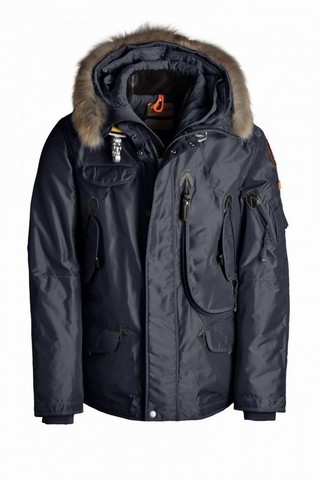
Rare color releases now drive unprecedented demand in shaping fashion hype, turning ordinary garments into coveted collector’s items. When a brand releases a shoe, jacket, or bag in a rare or unexpected shade, it immediately captures attention. They emerge from pop culture shifts, seasonal mood boards, or high-profile designer partnerships, giving them a story that goes beyond aesthetics. Consumers don’t just buy the item—they buy into a mythos, limited access, and the thrill of belonging to an elite circle.
The scarcity of these releases fuels demand, the competition becomes intense. Released in tiny batches through cryptic online portals or app-based queues, the competition becomes intense. Digital communities ignite with real-time reactions with dramatic opening clips, secondary market spikes, and drop countdowns creating a sense of urgency. People wait in line for hours, set alarms for coque stone island midnight drops, and pay hundreds above retail just to own a piece that few others can claim.
This dynamic has also shifted how brands approach product strategy. Instead of chasing volume, leading labels are betting on scarcity-driven buzz. A once-standard sneaker color can become legendary after a single limited release. This approach not only boosts sales but also deepens brand loyalty, as fans feel personally connected to the brand’s creative decisions.
However, the impact isn’t always positive. The rush to obtain rare pieces fuels anxiety, exhaustion, and exploitative tactics such as automated purchasing and reseller rings}. Some argue that limited-edition colorways exploit consumer desire, turning fashion into a speculative market. Yet for many, the adrenaline of the chase and the personal meaning behind the hue eclipse the downsides.
Ultimately, limited-edition colorways are more than just new shades—they’re cultural artifacts that reflect what people value at a given moment. They turn clothing into conversation, identity into expression, and shopping into an experience. As long as scarcity and storytelling remain powerful, their role in driving fashion hype will only grow stronger.

